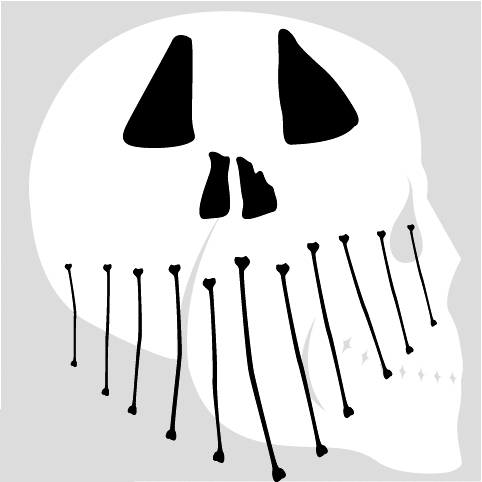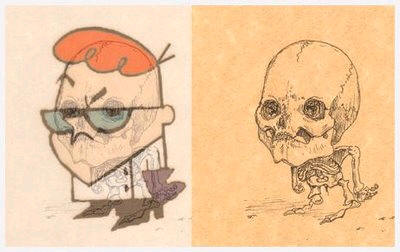BEFORE CLASS: BACKGROUND AND PREPARATION
- Preview text chapters, lab manual, Powerpoint
presentations, web resources
- Print out handouts for this section of course
|
| GOALS |
PRESENTATIONS |
ACTIVITIES |
- Become familiar with the overall organization
of the human skull
- Learn the details of the bones, regions,
spaces, foramina, fossae and sinuses.
- Appreciate how the bony anatomy relates to
the muscles and other soft tissue of the head.
|
Head and Neck I:
Introduction--The Skull
|
Identify regions, bones, foramina, processes,
and other features of human skull. Focus on ethmoid, sphenoid
and temporal bones.
|
WEB RESOURCES
-
Great review of human skull with quiz [link]
-
Bone Box--great for learning skull bones [link]
-
Bones from the Bone Box with X-ray views to compare
along with labels--great for seeing bones and x-rays [link]
|
DETAILED LEARNING OBJECTIVES
-
Assemble the bony parts of
the skull into a framework for understanding how the head region is put
together: cranium/braincase, facial region, base of the skull,
throat skeleton.
-
Use the relationship between
the three basal skull bones--ethmoid, sphenoid and temporal--to help
understand how that framework relates to special senses and cranial
nerves.
-
Learn the bones of the skull
and their respective foramina, processes and regions including cranium;
face; orbit; nasal cavity; base of skull; throat region.
-
Understand the structure,
development and function of the teeth, including dental formulas and the
change from deciduous to adult teeth.
-
Appreciate the relationship
between the skull and cranial nerves and the brain
-
Know where the special
senses, the various air and food passages, and all the muscles of the head
and neck region fit into the skull.
|







